Updates & Stories
Fire in North West
Some of the work we do involves wildland fire. Conservation Corps members not only help firefighters with wildfire suppression, but also help natural resource managers with prescribed burns. Part of our training includes the completion of a week-long course for an Incident Qualification Card, or Red Card. The Red Card is a certification given by the Minnesota DNR that qualifies individuals to work with fire at federal, state, county, and local agency levels.Corps members most often help with wildland fire ‘mop up,’ which is the work done after flames have been extinguished and the fire is no longer running. In the burned or ‘black’ area, firefighter doing mop up put out smoldering material and clear logs, brush, and other fuels from the edge of the burned area to prevent the fire from reigniting. Mopping up after the fire has been controlled has been my experience with wildfire as part of the North Woods crew. Read More
Laughing, joking and living it up
When you run into our crew in the woods, we are running chainsaws. We are dirty and rundown. Our muscles bulge and our faces sweat.When you run into our crew on the prairie, we are lighting fires. We are tired and covered in soot. We are carrying heavy packs and flaming torches.When you run into our crew anywhere, we are working and working hard. We are young and strong. We’re the Ottertail Crew, at your service!Sometimes, I think I love the Corps because it gives us a chance to be the people that hide in the corners of our collective childhood: the lumberjacks and firefighters, the mothers and fathers that everyone is excited to see on career day. I’ve become the adult I wanted to be, and I am cool.Then reality hits: it’s windy and raining, or it’s eighty five degrees at 10 a.m., or a saw quits on the first day of a project and I’m stuck pretending to be a mechanic. I lose track of the glamor and put my nose to the grindstone. And then we’re all grinding away, distracted and perhaps worlds away from each other in a 10 foot space. What happened? Read More
A forest person
Have you ever been around a kid at age 3 or 4? At a certain point around this age, any vocabulary they’ve developed is completely lost and replaced with two questions: “What’s that?” and “Why?”. Those kids are my role models. Heck, to any co-workers who’ve demonstrated any bit of knowledge about anything in the forest, prairies, skies, or waters, I am one of those kids. Sorry about that, but thank you!I’ve been alive for a while. But really, 2013 was my first year alive, at least in terms of being a “forest person”. For an entire year, I spent 40+ hours among the trees and grasses and forbs of Minnesota, looking at things, hearing things, and feeling things. I learned that there are trees, plants, birds, bugs, and weather and among each of those exist many different kinds. With four seasons under my belt, I became a “forest toddler” and I decided to do it all again. Just like that kid, I want to know what kind of tree that is, and why it’s there. What kind of bird is laughing at me while I swat mosquitoes frantically? What’s that plant? And that one? And that one? When will it flower? What is that caterpillar going to turn into and which one of these plants is making me so itchy? (Poison ivy is so great! It’s like finally reaching that spot on your back and scratching, except you can get it in easily reachable places and itch that baby whenever you want! Anyway…..) Read More
Building resilience
What do you do when you can identify problems, but cannot seem to find resolutions? I often find myself obsessing over potential solutions for the myriad problems I am addressed with and become overwhelmed. When working with vulnerable populations, it seems there is always a fire to put out or a struggle to overcome. I have had to work pretty closely with people in difficult situations, and often I find I do not have answers for them. All I can do is help them find resources who may be able to find the solutions I can't. This is difficult for me because I would truly love to fix everyone’s problems, but the scope of problems to be solved is far beyond my ability alone. Hope and optimism are my greatest tools in addressing these everyday struggles. Read More
Stump
I happened across a stump. A whiskey barrel in diameter it was dark, crusted with pale green lichens and weathered with age. Had it not been my objective to displace this stump I would have thought it a stoical protrusion from the black lowland soil. Its existence an open rebellion against the human condition that drives our species to alter the natural state of affairs in his domain.It was however, my duty to the state of Minnesota to remove this particular stump for the preservation of the scenic North Country Trail. A trail which is so sacred that its path can only be altered by an act of God or United States Congress. I wouldn’t hold my breath for either. Consequently, by placing itself in the center of the trail, this stump’s blatant disregard for federal decree was a slap in the face to me and frankly the American people. It was a recalcitrant old boor whose presence could only result in serious injury and certain death to the blind and peg-legged hikers of the trail. Read More
Joining the Corps- The first month
Halfway through my drive from Green Bay, where I worked on an apple orchard, to Bemidji, where I would begin working for the Conservation Corps, I received a voicemail message from someone I contacted earlier through Craigslist—a woman who agreed to let me rent a room in her house in the country. I listened to the message as I pumped gas into my car. Her tone was plaintive: she explained that her landlord was not okay with me moving in. Although I would be staying in a bunk room at the Deep Portage Learning Center (Deep Portage hosted training for all 36 field crew members and leaders for the northwestern Minnesota district) for 8 nights, I needed to make new housing plans.I hung up the phone and the gas pump nozzle. I got in the car and offered water in a gas station soda cup to my dog. My grandmother adopted her from a local shelter and named her Animush, the Ojibwe word for ‘dog.’ My grandmother died last spring, and I was too attached to have her surrendered to another shelter, so I took her. She lapped up most of the water, then sneezed. I started the car and began the rest of our drive to Bemidji, where Animush would be staying at a kennel and I would be staying at a hotel. Read More
“Wait, you do WHAT?!”
Over the past two months I’ve gotten a real kick out of seeing friends and family’s reactions to what I’ve been doing lately. In general they either say “I can’t really see you wielding a chainsaw” or “tree killer!” Up until two months ago, I would have to agree with them on the first reaction. Me? Cut down a tree? No way! As for the second reaction, I would have to disagree. While trees and shrubs end up being victims to my chainsaw, I cut them down in the name of conservation and restoration. One of the long-term goals of the Three Rivers Park District is to restore their forested areas to the mix of pre-settlement species. For the first few weeks after various trainings and orientations, the Three Rivers crews spent time at a newly-acquired part of the Lake Rebecca Park Reserve removing invasive species including buckthorn, honeysuckle, and Siberian elm. Read More
Ottertail crew’s blog debut
Here in the Northwest District, crews form just a little later than the rest of the state. We’ve been together for about six weeks now, and I’m glad to report that all is well for the Ottertail crew.I think the most challenging part of these early weeks is the so-called “training limbo,” the sense that the learning and waiting portion of our service will never end. Questions like, “When will we start actually working?” are frequent, and even as a leader, it becomes difficult to practice patience and steady attention. Read More
Sherburne National Wildlife Refuge [Photo Blog]
My crew and I have had the good fortune of spending the last five weeks working with the U.S. Fish and Wildlife Service at the Sherburne National Wildlife Refuge near Princeton, Minnesota. The refuge covers around 20,000 acres and is a mixture of remnant oak savannah, one of the most threatened ecosystems on the globe, as well as expansive wetlands and oak forest. It is an important breeding ground for many waterfowl and is well-known for its sandhill cranes. Numerous species of migratory birds and native wildlife also find sanctuary within the refuge’s boundaries.Now on our sixth and final week at the refuge, I’m having a hard time waxing poetic in a way that does the experience justice. Luckily, I carry a decent camera around in my pocket; perhaps some photographs can do the job for me. Read More
What are these pancakes on my feet and why do I need them?: A Southerner’s guide to snowshoes
I found myself buried in snow somewhere between “I think I can climb out” and “Maybe they’ll find me in a couple days”. As I lay there, it seemed to me that I was going about this whole walking in the snow business all wrong. The snowshoe is a foreign concept to those of us from the Southeastern U.S. For thousands of years however, the snowshoe represented the pinnacle of technology for traversing frozen landscapes. It was only logical then, that I should become proficient in the use of these vehicles if I had any intention of surviving Minnesota. So with a little trial and quite a bit of error I was able to devise a few tips for those with a more temperate disposition. Read More

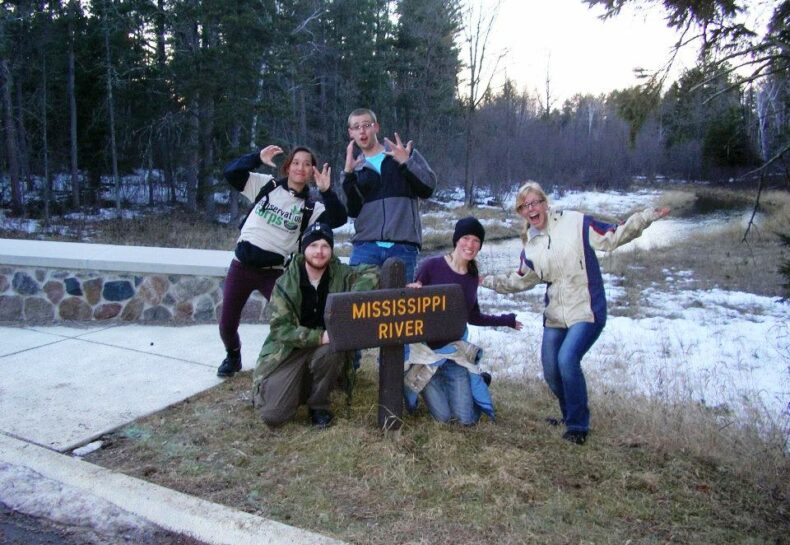
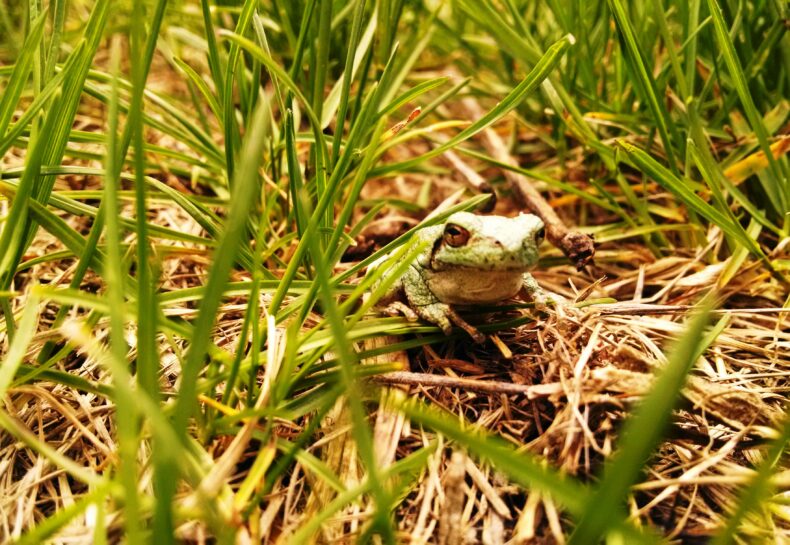
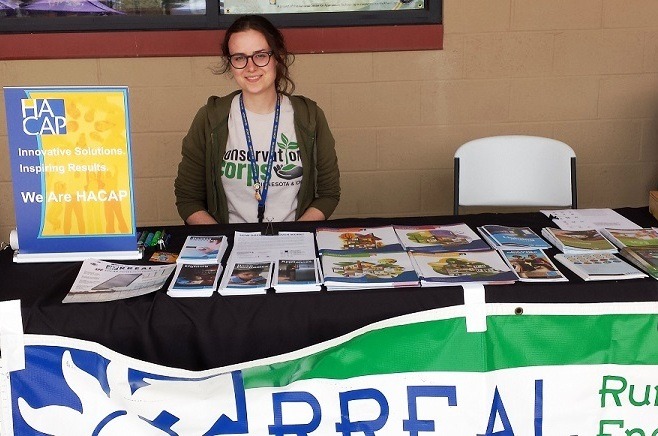
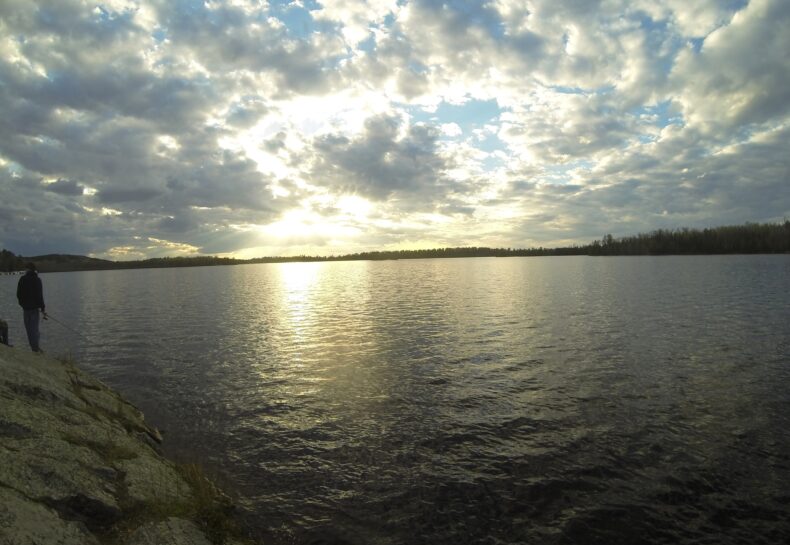

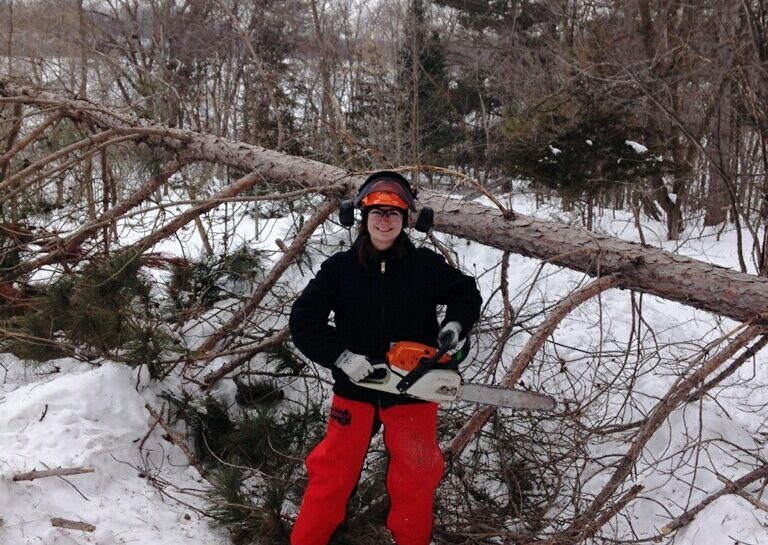

![Sherburne National Wildlife Refuge [Photo Blog]](https://conservationcorps.org/wp-content/uploads/2014/04/QZk72ON5sgKrKtuefuMZFFTlfUvRsmr8-FKy7bs66IQ7Y3VxIRU03ht-Vwx_vUAYcA3Dw1236-h661-790x545.jpg)
